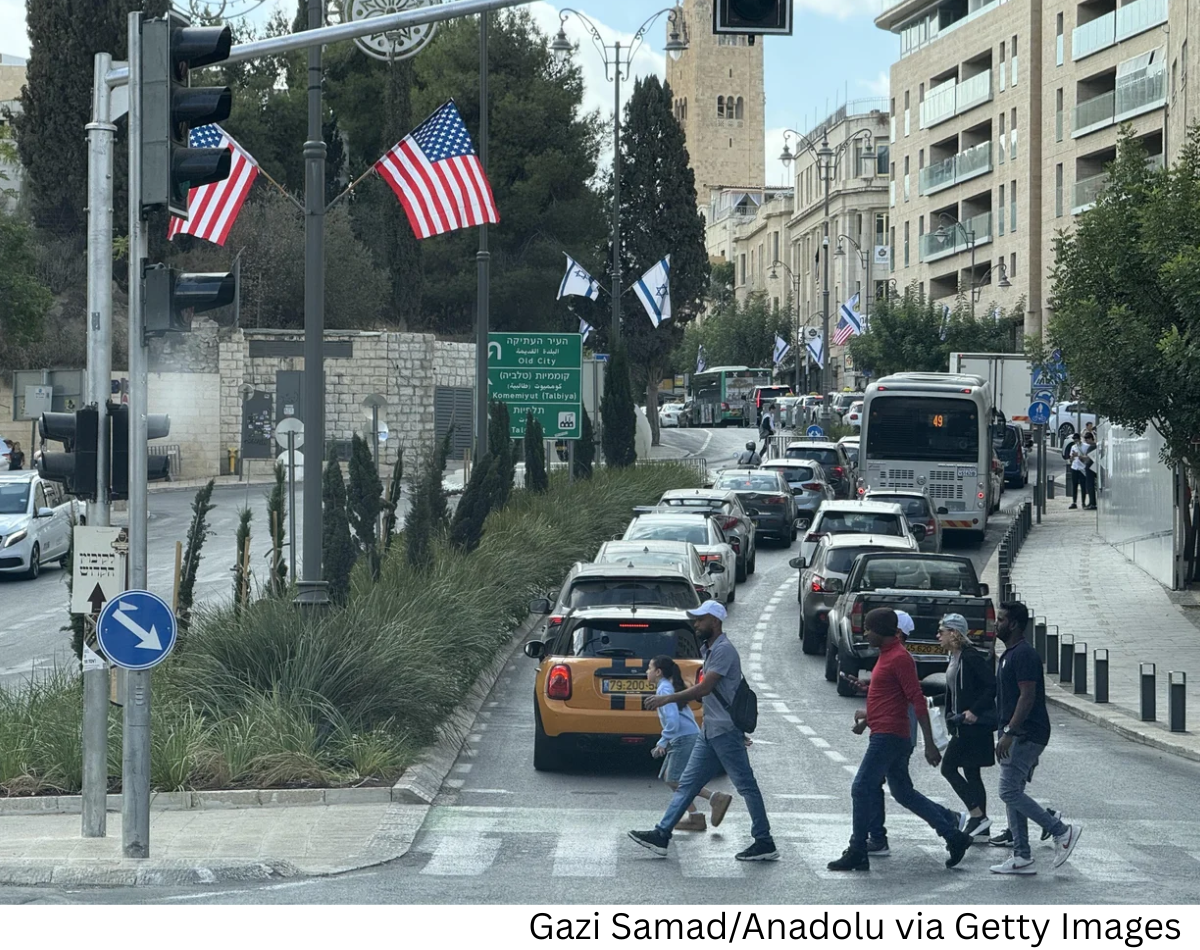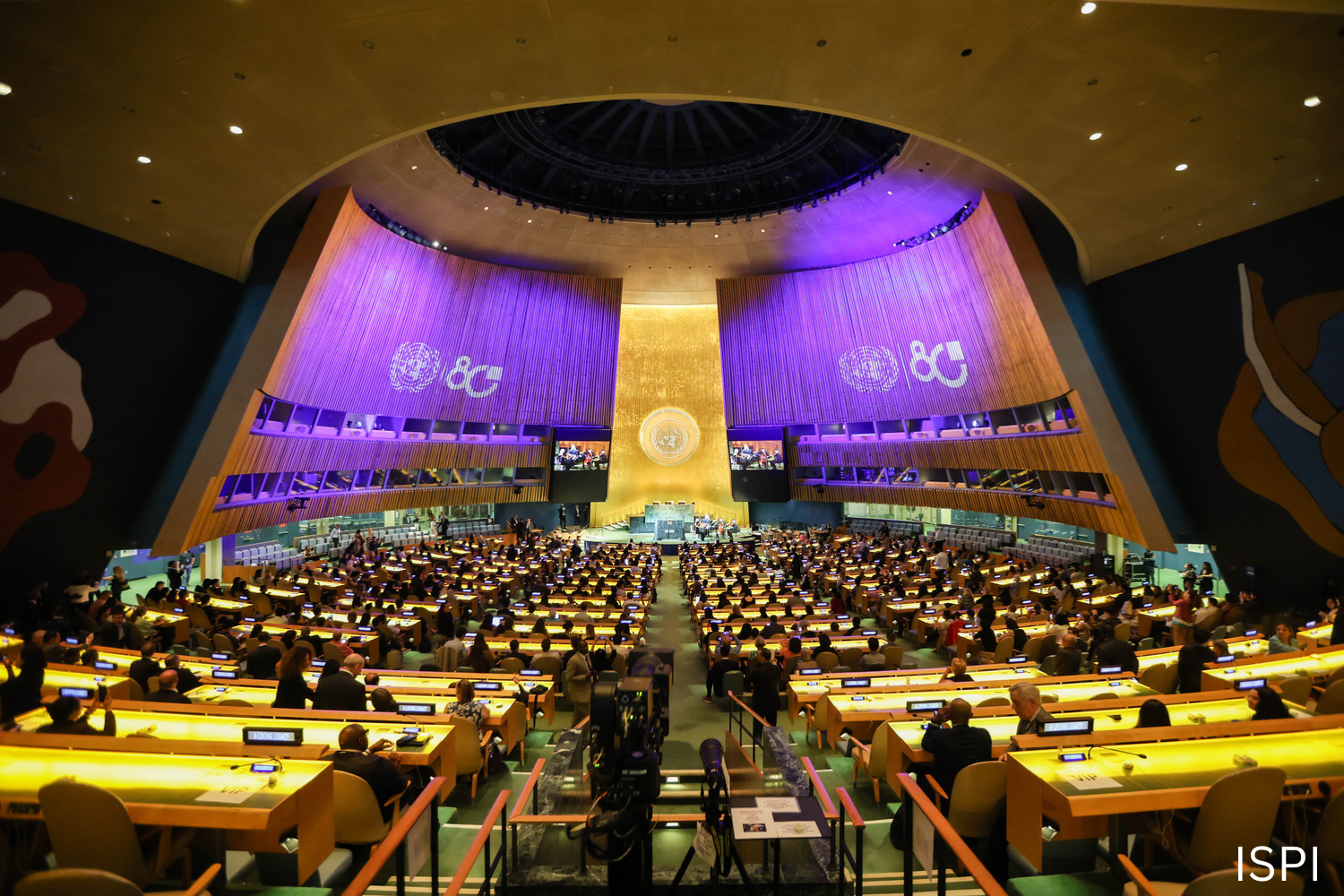As the ceasefire between Israel and Hamas continues into its second day, humanitarian organizations are stepping up efforts to deliver critical relief to the people of Gaza. With much of the region devastated by recent hostilities, aid agencies face the urgent challenge of providing food, medical supplies, and essential services to millions of residents who have endured years of conflict.
UNICEF spokesperson Tess Ingram spoke to The Associated Press on Friday, highlighting the immense destruction witnessed in Gaza: “When people get there, they're going to find rubble. They'll find that their homes and their neighborhoods have been reduced to dust.” The humanitarian crisis has reached alarming levels, particularly in northern Gaza, where fighting has left entire neighborhoods uninhabitable and displaced thousands of families.
The Importance of Open Crossings
Aid organizations are calling on Israel to reopen additional border crossings to facilitate the delivery of much-needed supplies. While a ceasefire halts active hostilities, it does not automatically guarantee access to resources. Ingram emphasized that humanitarian aid is essential to complement the pause in fighting: “A ceasefire alone is not enough. Yes, it stops the killing and injuring of children, hopefully, but it also needs to ensure a surge of humanitarian aid that begins to address the tremendous damage that has been done over the past two years.”
The challenge of delivering aid is compounded by ongoing restrictions at Gaza’s border crossings. Although some supplies have begun to flow into the territory, the limited number of entry points slows the pace of relief efforts. Humanitarian groups have been advocating for broader access to ensure that food, clean water, and medical supplies can reach all affected areas efficiently and safely.
Aid Delivery and Logistics
On Friday, more than 500 trucks carrying humanitarian supplies entered Gaza, according to COGAT, the Israeli military body responsible for coordinating aid. These trucks brought food, medical equipment, and other emergency resources to communities struggling with the aftermath of the recent conflict. However, many crossings remain closed, limiting the overall volume of aid that can reach the population.
UNICEF has prepared a fleet of 1,300 aid trucks, with additional shipments on the way, to support the relief effort. Coordinating these deliveries requires meticulous planning, as trucks must navigate damaged infrastructure, checkpoints, and areas still affected by instability. Aid workers are prioritizing regions facing the most severe shortages, particularly those at risk of famine, according to food security experts.
The Humanitarian Challenge
Food insecurity remains one of the most pressing issues in Gaza. Parts of the strip are experiencing famine-like conditions due to prolonged conflict, restricted access to resources, and disruption of agricultural and supply networks. Relief agencies are working under immense pressure to prevent further deterioration of living conditions and to provide sustenance to the most vulnerable populations, including children, the elderly, and displaced families.
Beyond food, the humanitarian response addresses medical needs, clean water access, and psychological support for those traumatized by years of conflict. Hospitals and clinics are operating under extreme strain, with limited supplies and damaged facilities. Humanitarian organizations are coordinating closely with local authorities and international partners to prioritize interventions and allocate resources efficiently.
Coordination Among Aid Agencies
UNICEF, along with its partners, is leading efforts to coordinate the relief response across Gaza. This includes mapping affected areas, identifying priority needs, and ensuring that aid reaches communities equitably. Collaboration with other international organizations, local NGOs, and the Israeli authorities is critical to overcoming logistical challenges and ensuring the safety of personnel operating in the field.
The temporary ceasefire provides a crucial window for these operations, allowing aid convoys to move more freely and for workers to assess damage and distribute supplies. While the situation remains fragile, the current pause in hostilities enables humanitarian agencies to scale up their interventions and provide immediate support to those who have suffered most during the conflict.
Looking Ahead
The relief efforts in Gaza highlight the urgent need for sustained humanitarian intervention alongside political efforts to maintain peace. Experts warn that a short-term ceasefire, while vital, cannot address the deep-rooted humanitarian challenges facing the region. Long-term strategies must include rebuilding infrastructure, restoring access to essential services, and addressing food security to prevent future crises.
As aid continues to flow into Gaza, international attention remains focused on the effectiveness of relief operations and the broader stability of the ceasefire. The coming days will be critical in determining whether humanitarian agencies can meet the urgent needs of the population and provide a foundation for ongoing reconstruction and recovery.
The Human Toll
The images and reports emerging from Gaza underscore the profound human cost of prolonged conflict. Families returning to their neighborhoods encounter rubble and destruction, often discovering that homes and businesses have been completely destroyed. Relief workers face the dual challenge of providing immediate assistance while helping communities plan for long-term recovery.
The cooperation of local authorities, international partners, and aid agencies is essential in ensuring that resources are used efficiently and reach those in need. With careful planning and support, the current humanitarian surge can mitigate immediate suffering and help pave the way for longer-term rebuilding efforts.




.png)

.png)

.png)